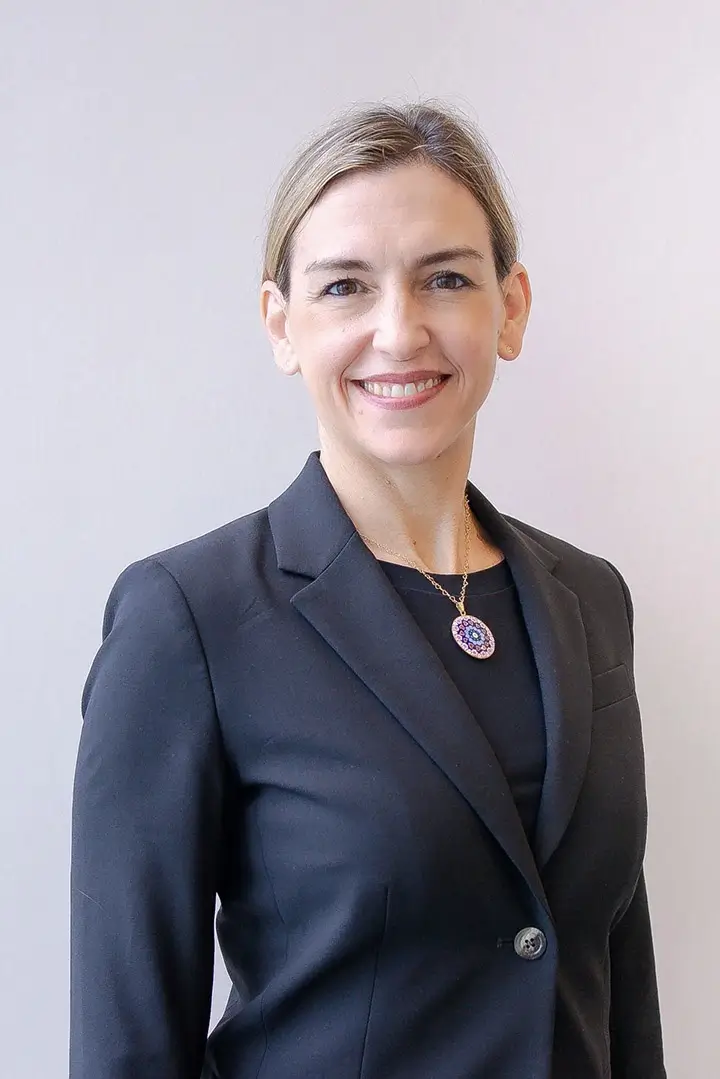Many remember the controversy that surrounded the Dolly the sheep, which was a cloned animal. Professor Ian Wilmut, of Edinburgh University, the man who was responsible for Dolly, turned his focus towards cloning human embryos for stem cell research. However, he is abandoning his quest because the appeal of adult stem cells is so great.
Wilmut’s original research involved taking embryonic stem cells and cloning them. Often considered to be the most versatile type of cell, embryonic cells are thought to have the potential to be grown into any cell in the human body. However, other sources of cells are proving to be just as flexible.
Recent research from Japan has shown that skin cells can be modified to be as powerful as embryonic stem cells, while avoiding all controversy. Professor Wilmut believes that this rival method holds the answer to the cure for serious medical conditions.
The use of embryos could be avoided entirely as the new method creates stem cells from fragments of skin.
The research has be universally praised by pro-life groups.
Interestingly, the decision to switch to an adult stem cell source was not fueled by morals, but by efficacy. Adult stem cells have crushed embryonic stem cells in terms of treatment outcomes. And embryonic stem cell research has yet to deliver one promising result or treatment, despite scientists having billions of dollars at their disposal for research and development.
Professor Wilmut said: “We’ve not made this decision because it’s ethically better.
“To me it’s always been ethically acceptable to think that if you could use cells from a human embryo to develop a treatment for a disease like motor neurone disease, for which there is no treatment at present, then that is an acceptable thing to do.”
But now, the results of the Japanese research have made Ian Wilmut reverse his focus 180 degrees. The technique, which was developed by Professor Shinya Yamanaka of Kyoto University, Japan, involves making stem cells taken from the skin as flexible as embryonic stem cells by genetically modifying them. Yamanaka’s research was conducted on mice.
The Japanese method has more potential than embryonic stem cell research, Professor Wilmut said his own research team held a meeting at which this point was agreed on.
He said: “The work which was described from Japan of using a technique to change cells from a patient directly into stem cells without making an embryo has got so much more potential.”
“Even though it’s only been described for the mouse, when we were considering which option to pursue, whether to clone or whether to copy the work in Japan, we decided to copy the work in Japan.”
With regenerative medicine being the holy grail of stem cell research, the eventual goal is to grow replacement body parts to replace those that age and become worn out, or sustain injury that is beyond repair.
There is still a significant amount of research that remains before Professor Yamanaka’s method can be used to grow tissue for transplantation.
But according to Professor Wilmut, the new technique could provide a better and ethically more acceptable alternative to cloning embryos for medical research.
The move was welcomed by Josephine Quintavalle, spokeswoman for Comment on Reproductive Ethics. Their groups is opposed to the use of human embryos for research purposes since it requires the destruction of the embryo itself.
She said: “At last scientists are starting to see reason. It is a gift to us all. We are at last going to see some common sense coming into the debate.”
Dolly, the first mammal to be cloned from an adult cell, made headlines around the word in 1997, when Professor Wilmut and his team accomplished this feat.

